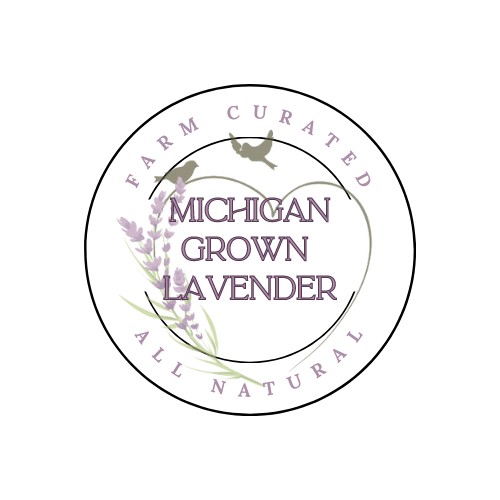Compare and Contrast Lavender vs Lavandin in Culinary Arts
When it comes to the world of fragrant edible flowers, lavender and lavandin are often compared and contrasted. While they may share similarities in their appearance and scent, there are distinct differences between the two that make them unique in their own right.
However, only one is superior in the culinary world: English lavender or true lavender.
English Lavender

Lavender, known scientifically as Lavandula angustifolia, or “English lavender,” is a species of flowering plant in the mint family. It is renowned for its calming and soothing properties, making it a popular choice in aromatherapy and skincare products. With its delicate purple flowers and sweet floral aroma, lavender has also been cherished for centuries for its therapeutic qualities.
Many people do not know you can eat it too!
English lavender flavor profiles will differ by variety. those profiles range, for example, from sweet (Violet Intrigue,) Peppery (Folgate,) Herbal (Vera,) Floral (Munstead,) and Citrus (Hidcote Blue.)
Lavandin

On the other hand, lavandin (Lavandula x intermedia) is a hybrid plant that is a cross between true lavender (Lavandula angustifolia) and spike lavender (Lavandula latifolia). This hybridization gives lavandin a unique blend of characteristics from both parent plants. It tends to have larger flower spikes than true lavender and emits a stronger, more camphorous scent, tingly to the nose.
The high camphor content in Lavandin, if eaten, will more than likely give you an upset stomach.
If you ever ate a lavender dish that could be described as tasting like “soap.” You probably ate a camphorus lavandin.
Culinary Flavor Profiles for Lavender vs Lavandin

While both lavender and lavandin offer aromatic benefits, they differ in terms of fragrance & culinary profiles, There are some exceptions for using lavandin for culinary purposes, such as Herbs de Provence or as a “stir stick” in your lavender lemonade or favorite lavender cocktail/mocktail. A Lavandin with a lower camphor profile is preferred for this floral infusion such as Provence or Gros Bleu. Avoid popular lavandins with a high camphor content such as Grosso or Phenomenal.
True lavender may be used for a wide variety of Culinary applications from sweets/baking to savory/grilling. As a general rule of thumb, with some variances, here are the flavor profiles for true lavender: the purples are herbal or peppery, the violet or blues are floral and the pinks or whites are sweet like candy.
While lavender and lavandin share some aesthetic similarities as fragrant flowers, their distinct profiles and characteristics set them apart. Nursery growers will tell you lavandins (Such as Phenomenal or Grosso) are culinary Lavender to sell you a plant. Lavender Culinary experts will tell you not to cook with lavandin. Defer to the Culinary experts.

Live English Lavender Plant 6 Pack For Sale | Hydroponic Starts
Buy Lavender Plants in a 6 Pack and Save!
This English lavender plant offering is for six different varieties of “grower’s choice” rooted starter lavender plugs. You will be pleasantly surprised with our different varieties of lavender: we have purples, blues, pinks and white! Comes with planting and care instructions.

Lavender Infused Recipes Cookbook | INSTANT DOWNLOAD
This book will address common misconceptions surrounding cooking with lavender and provide expert tips on balancing its flavor profile in different dishes. By dispelling any doubts or uncertainties, we aim to empower even those who have never ventured into using lavender with cooking or baking before.
Renee started out as an avid real estate blogger in 2006. Opting for a less stressful life, Paul and Renee moved to Michigan in 2018 and started a lavender farm in 2019.
There are very few resources available to aspiring lavender farmers for growing lavender, lavender aromatherapy and lavender culinary infusion.
Renee hopes to change and shake up the world of lavender by sharing her knowledge and experience she has gained by being a lavender farmer and aromatherapist with lavender lovers all over the world.
Discover more from Twin Flame Lavender Farm Michigan
Subscribe to get the latest posts sent to your email.














